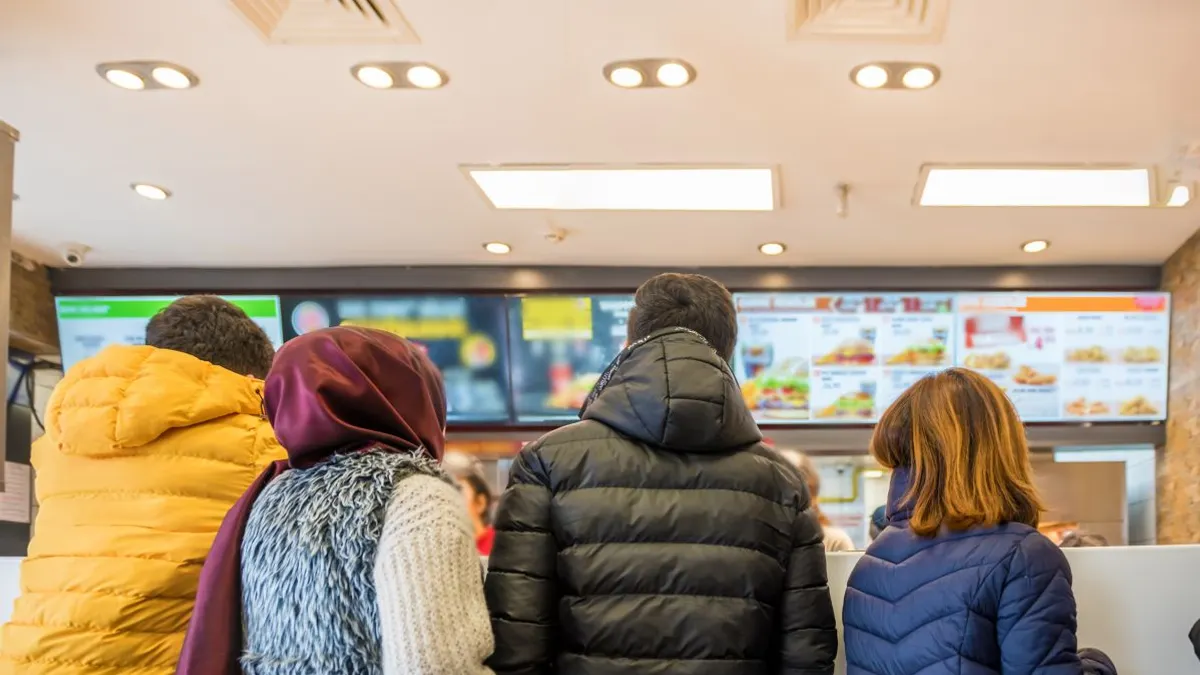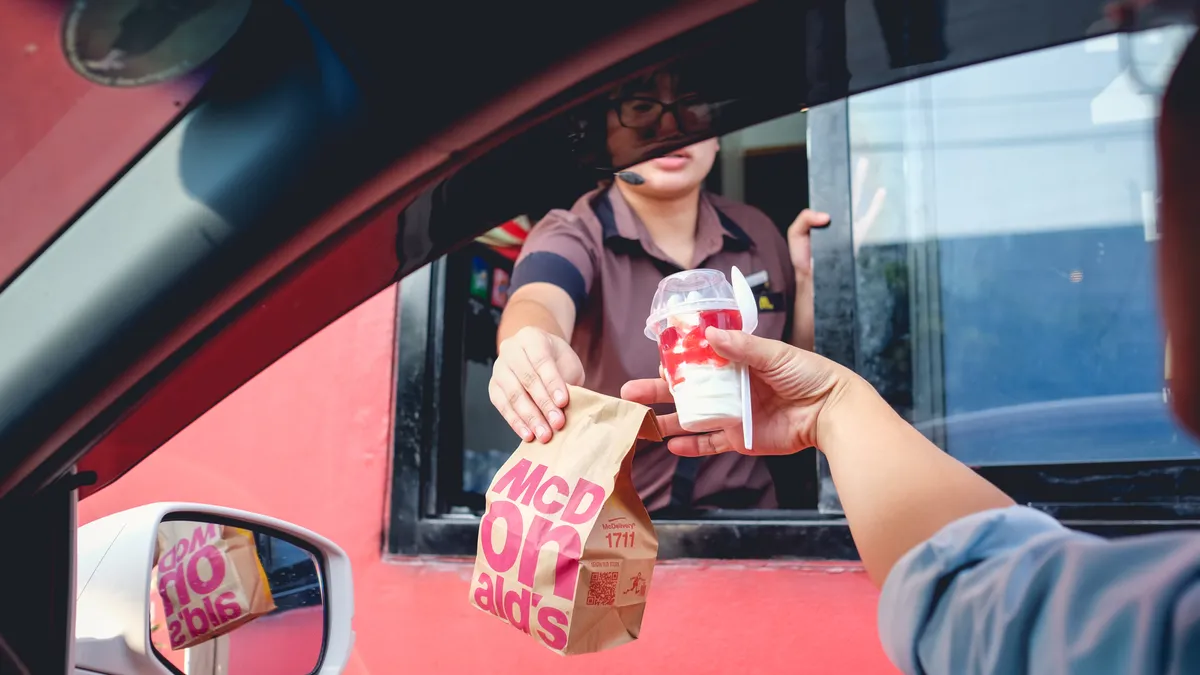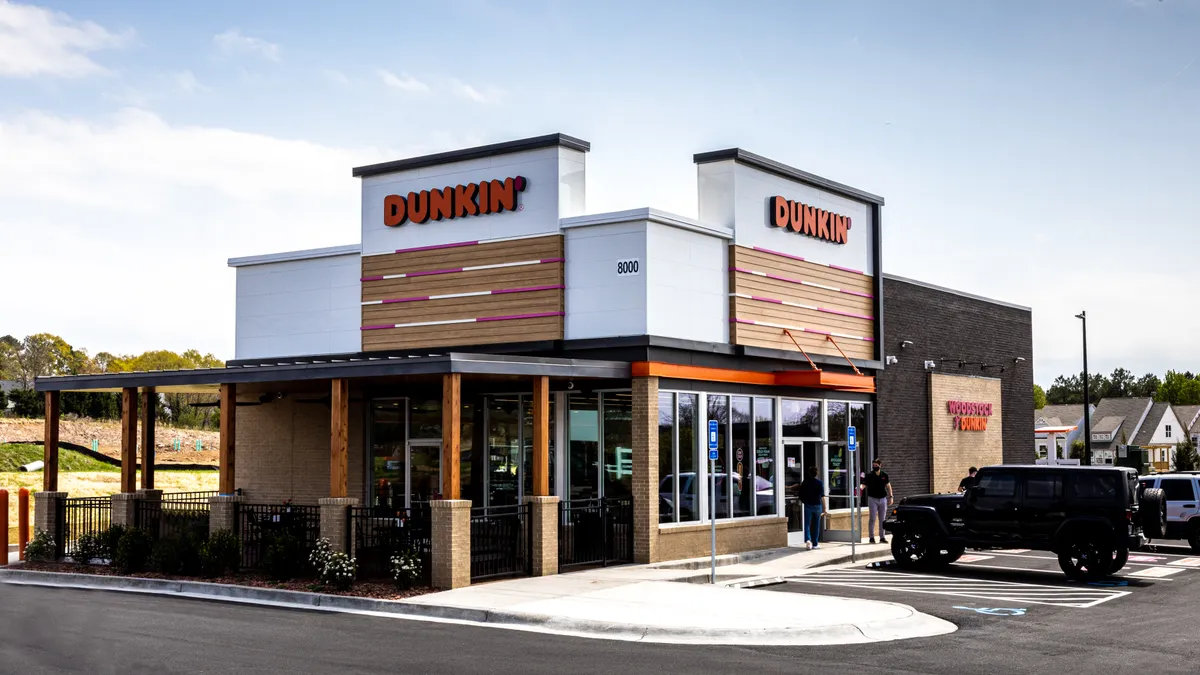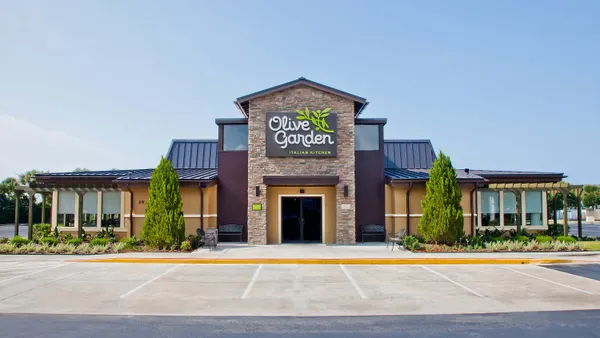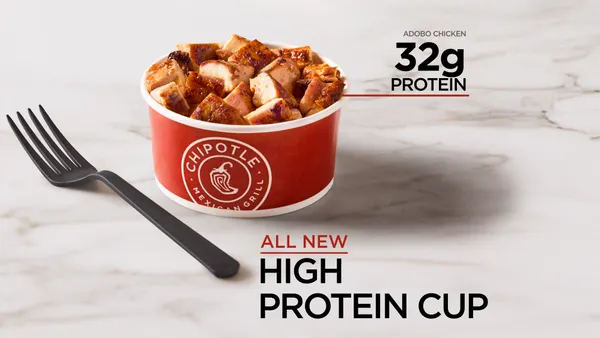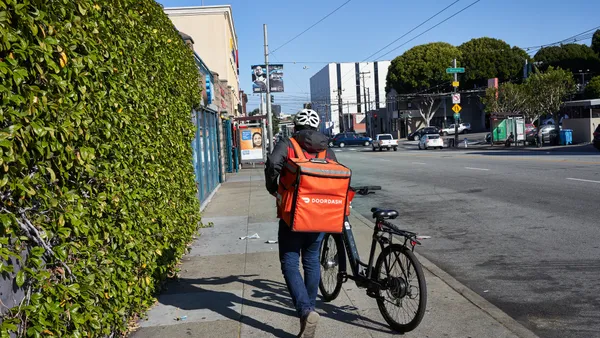Dive Brief:
- Consumers expect to spend 7% less each month on restaurants this summer, according to KPMG’s Consumer Pulse Summer 2025 report.
- This is a slight improvement compared to last summer’s outlook, however, when consumers expected to spend 9% less at restaurants during the summer months. Summer 2024 was a notably difficult traffic period for many restaurant brands.
- Consumer spending continues to be impacted by inflation, declining incomes and concerns over the potential price impacts of tariffs.
Dive Insight:
At-home meal occasions could increase at the expense of restaurants. Sixty-nine percent of consumers said they are eating more at home, and 85% of that cohort said they are doing so to save money. Thirty-nine percent of consumers said their incomes declined, roughly double that of last year’s report. A majority (79%) said they expect tariffs to increase prices.
Among consumers that dine out, 26% said they are eating more frequently at quick-service restaurants. This coincides with a push among QSRs to offer buy-one-get-one offers, value meals and promotions — a trend that took off last summer.
Breakfast is the meal most likely to be prepared at home, with 75% of consumers saying they eat at home during the morning daypart, compared to 67% who do so for lunch and 68% for dinner. This could be a cause of concern for many QSRs, like Wendy’s and McDonald’s, which are increasingly focused on boosting their breakfast offerings. However, the fact that most consumers dine at home during breakfast also means there’s significant space to grow meal occasions in that daypart.
“We see a more selective and cost-conscious summer ahead,” Duleep Rodrigo, KPMG Consumer & Retail Leader, wrote in an email. “People aren’t just pulling back—they’re recalibrating.”
These findings coincide with Attest’s 2025 US Spending Trends Report, which shows restaurant spending still is heavily dependent on household income. Nearly half (41%) of consumers said that they have a monthly disposable income of less than $200, per that report. Despite this lack of funds, takeout is one of the top “luxury” spending items for Americans, with 57% of consumers spending money on to-go food each month.
That spending isn’t necessarily high: 19% of consumers said they are dishing out less than $50 of their monthly spending on takeout and 11% spent the same level on dining out. Comparatively, only 8% said they are spending over $200 on takeout each month. Interestingly, 12% of consumers said they are spending over $200 on dining out, suggesting that high-income households have yet to pull back on restaurant spending.
“High earners significantly over-index for regularly eating at restaurants (73%), and spend more when they do, with typical monthly outlay between $100 and $249,” Attest said. “They also spend more on takeout food ($100-$149). In comparison, consumers with a household income below $50k, spend only $24-$49 on takeout and $50- $74 on dining out.”
KPMG’s report was based on a survey of 1,516 U.S. consumers fielded from March 12 to March 20, 2025. Attest’s report surveyed 2,000 U.S. consumers aged 18 to 67


